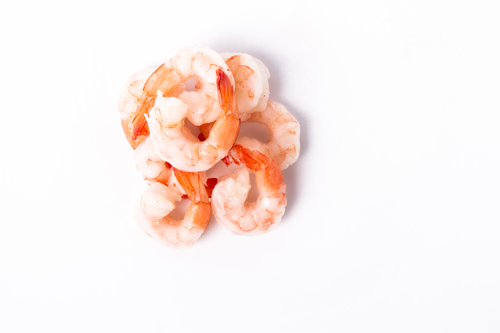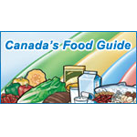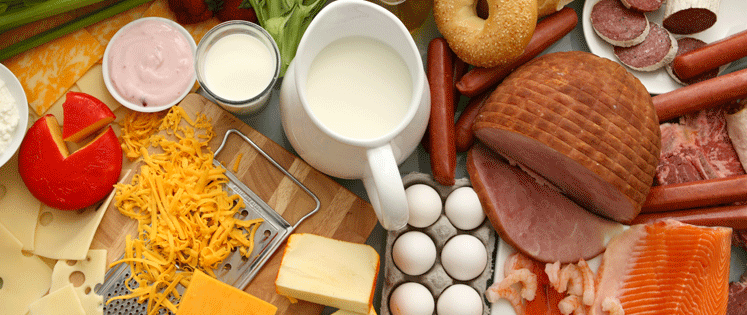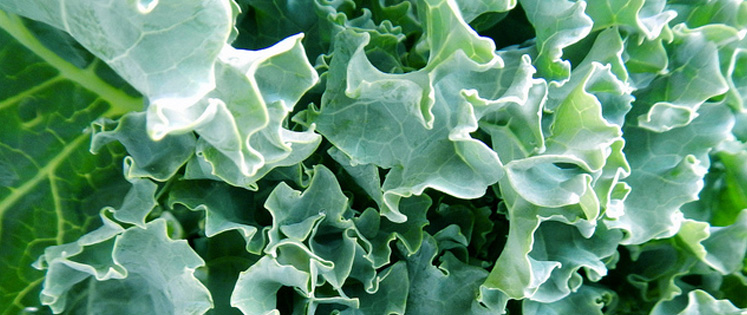Southeast Asian Foods
How do foods commonly eaten by Southeast Asian communities fit into the four food groups? How do foods commonly eaten by Southeast Asian communities fit into the four food groups of Canada’s Food Guide? Vegetables & Fruit Leafy dark green vegetables e.g. Pea shoots, Pepper leaves, Water lily greens Fresh, frozen, cooked or canned Large-sized […]
Read more






